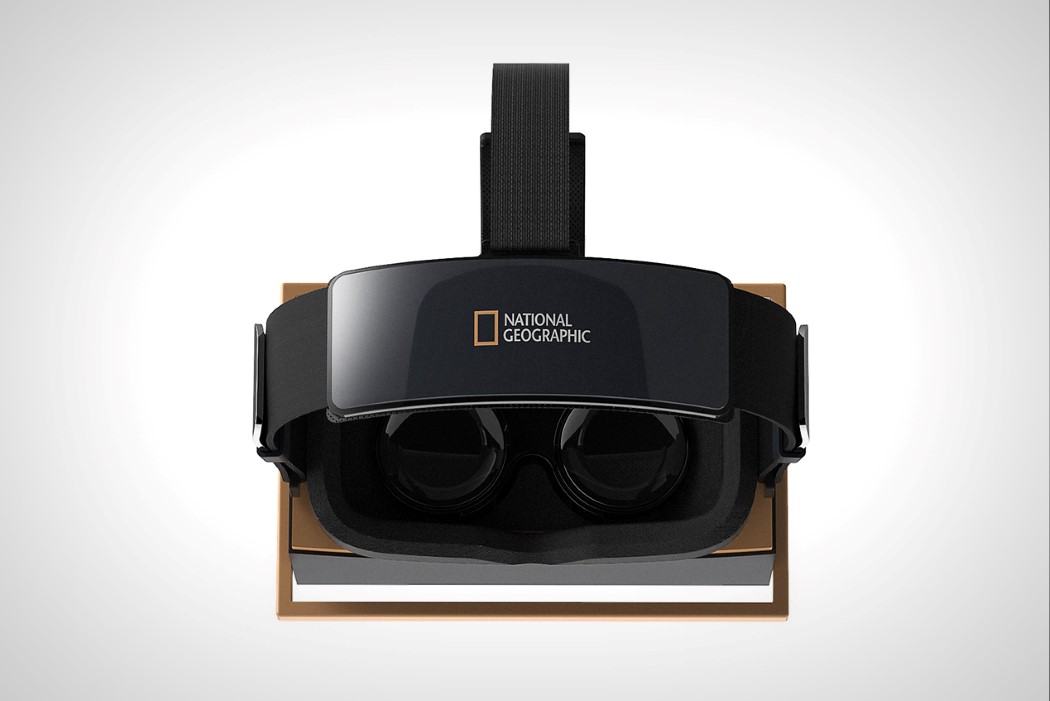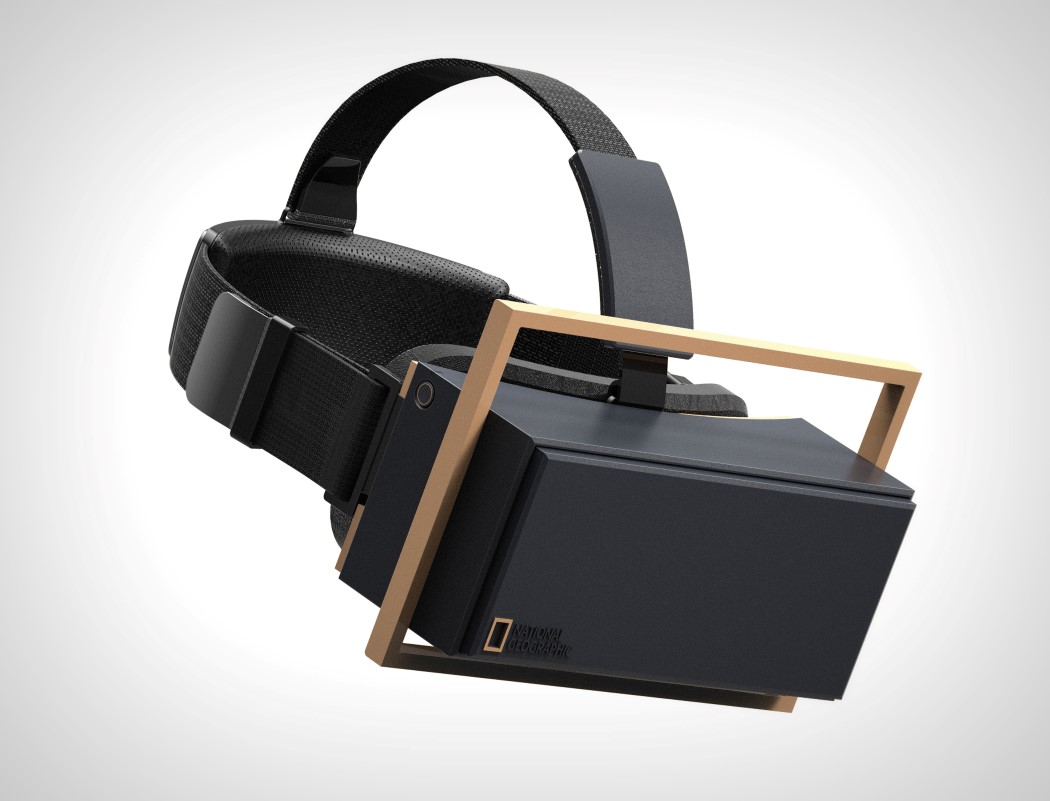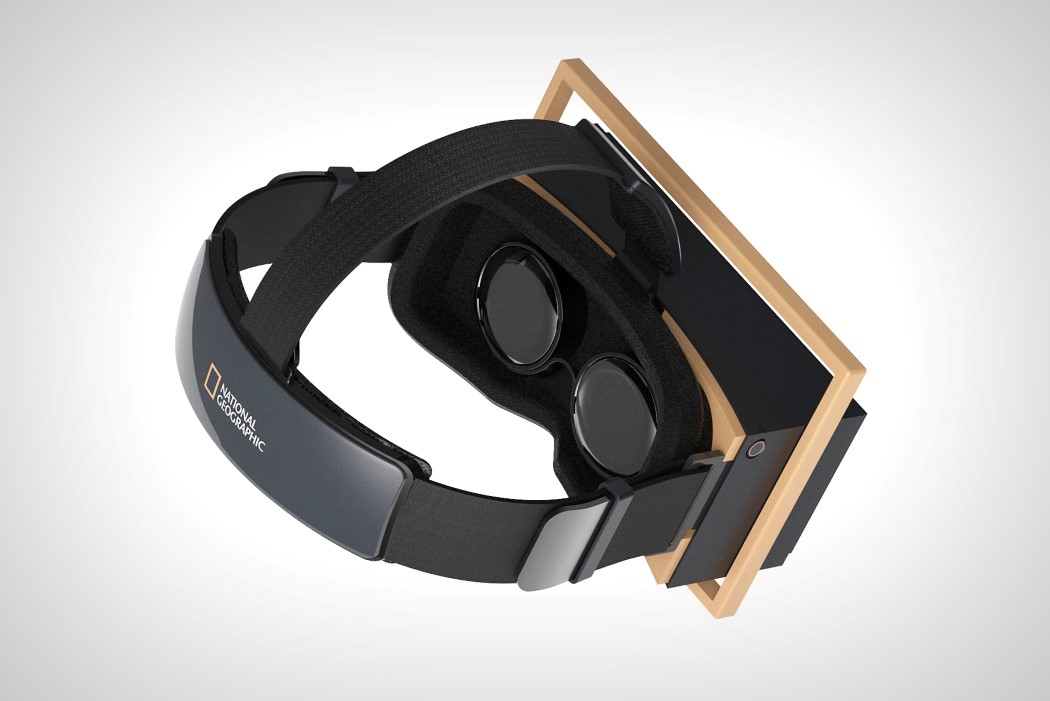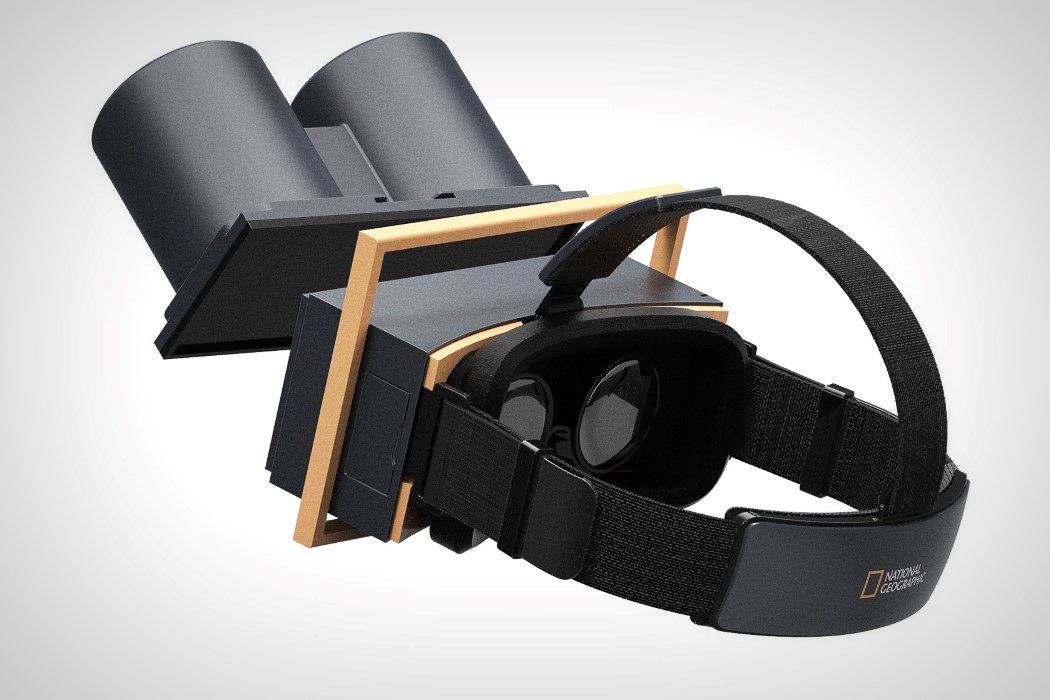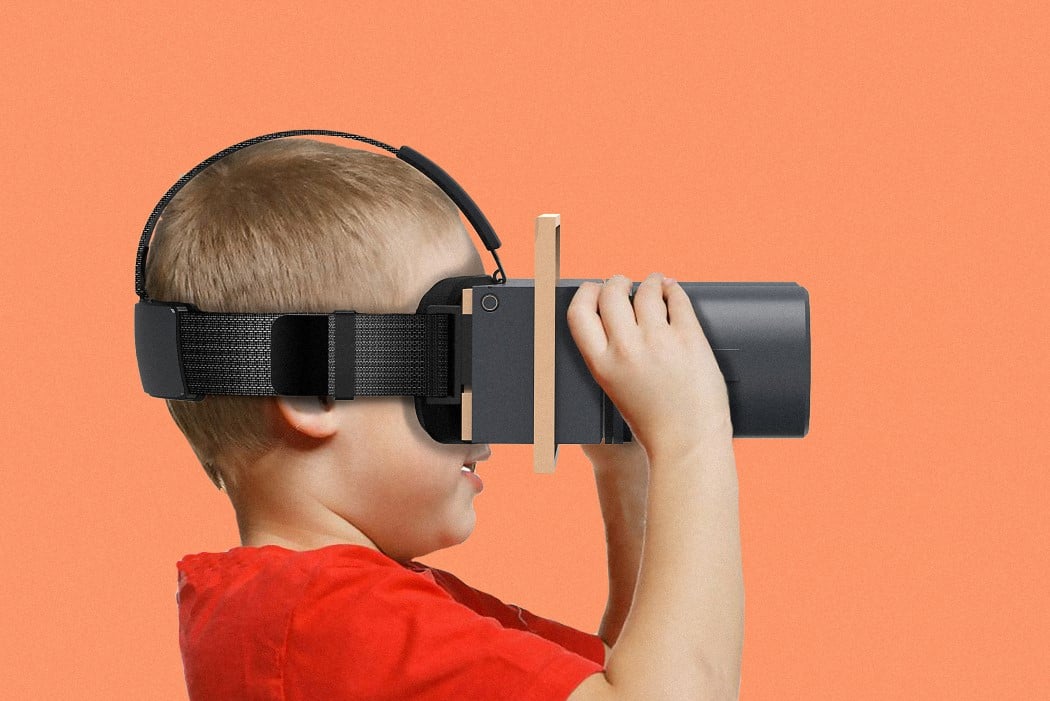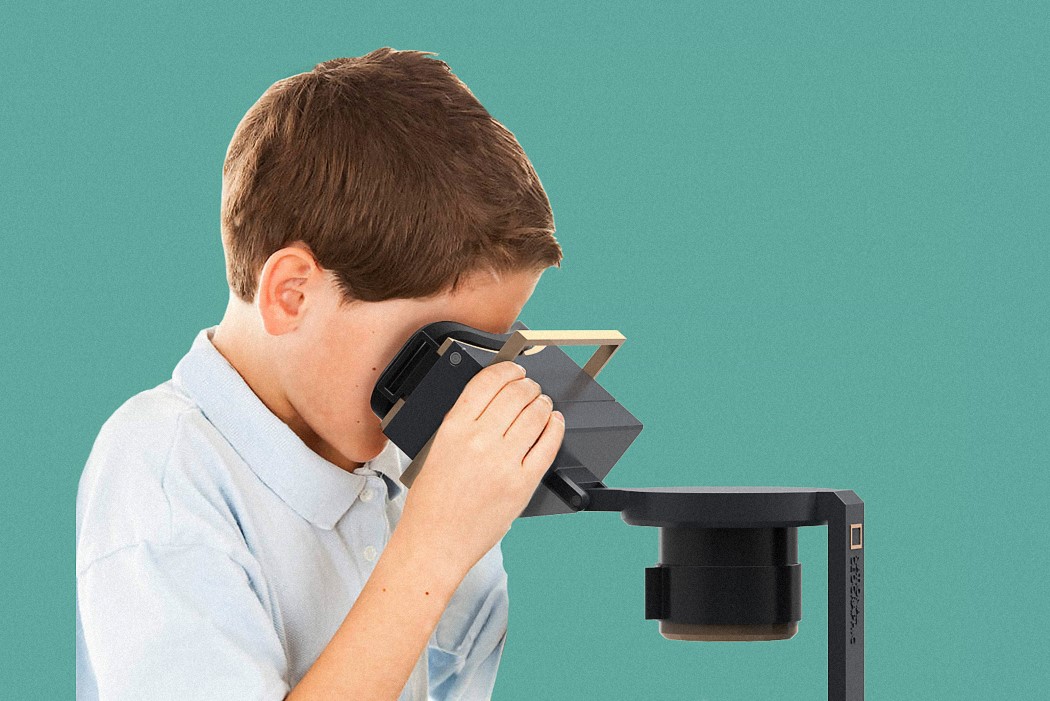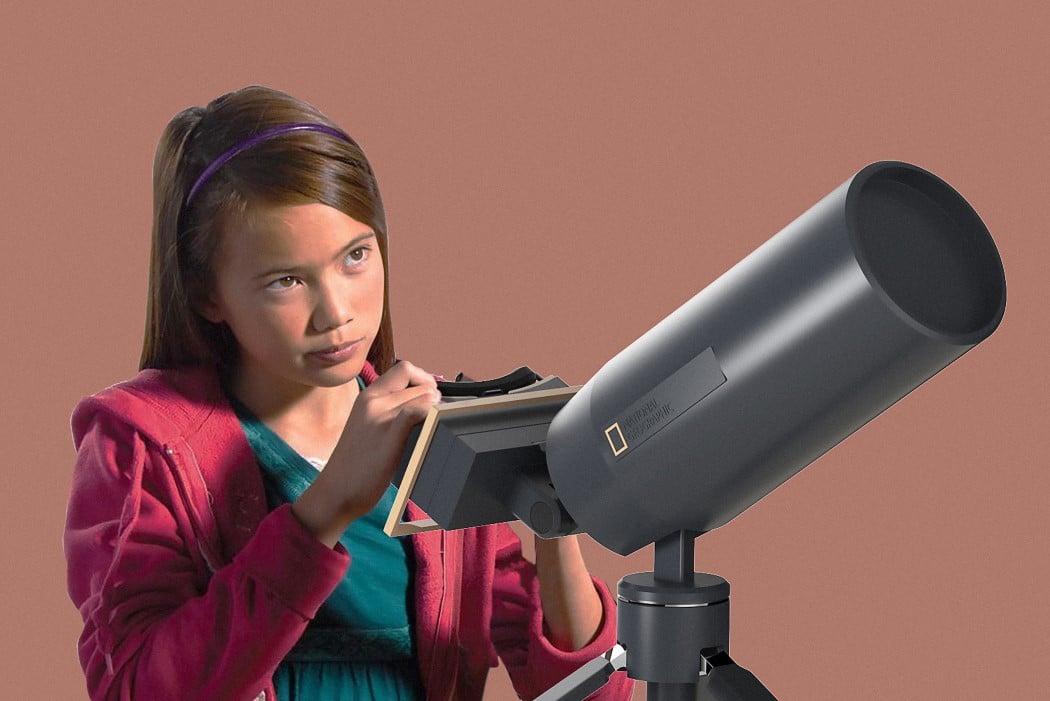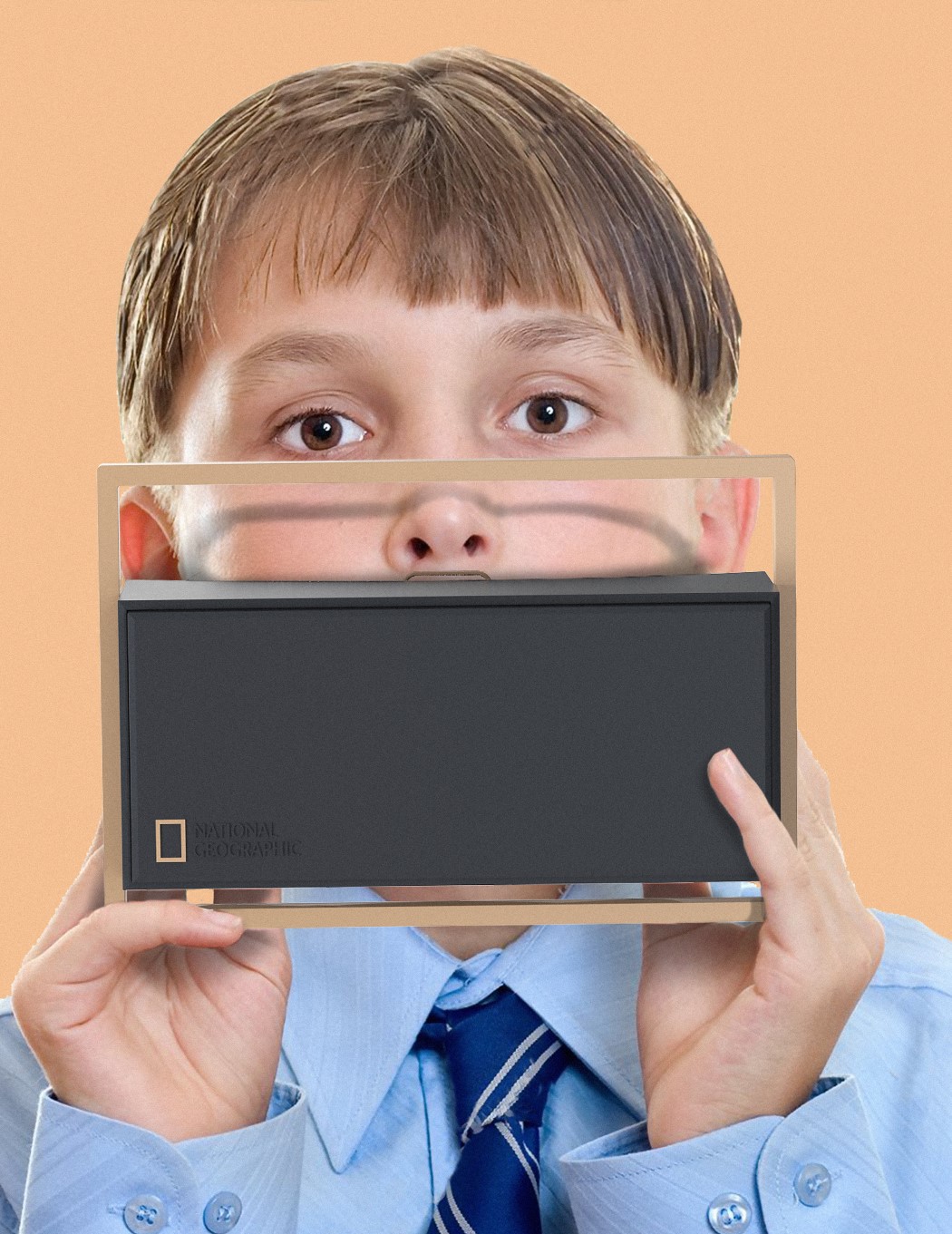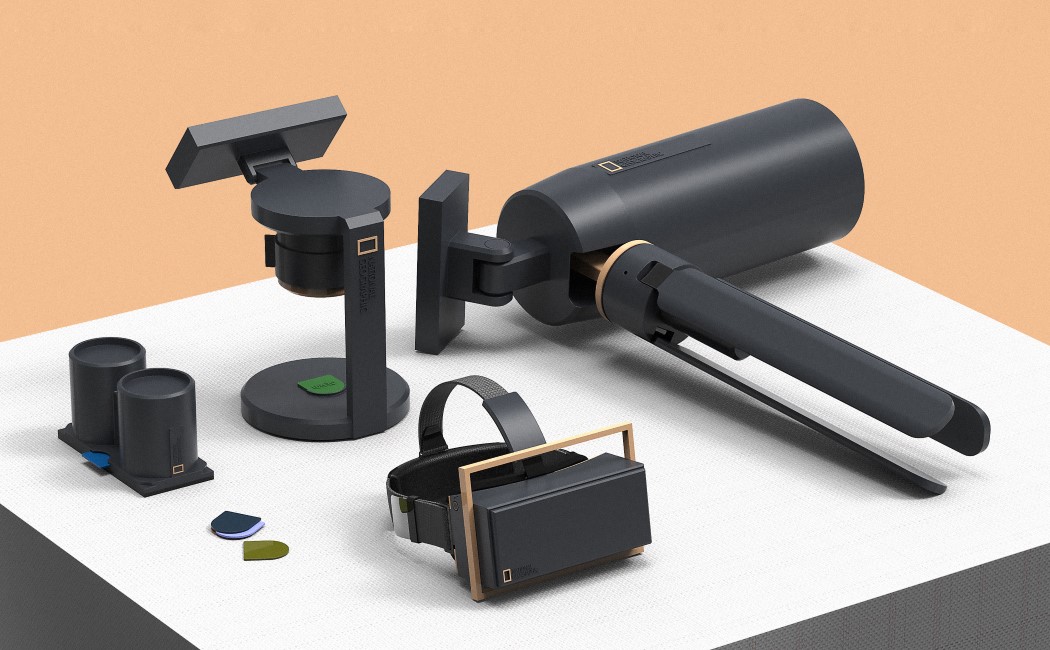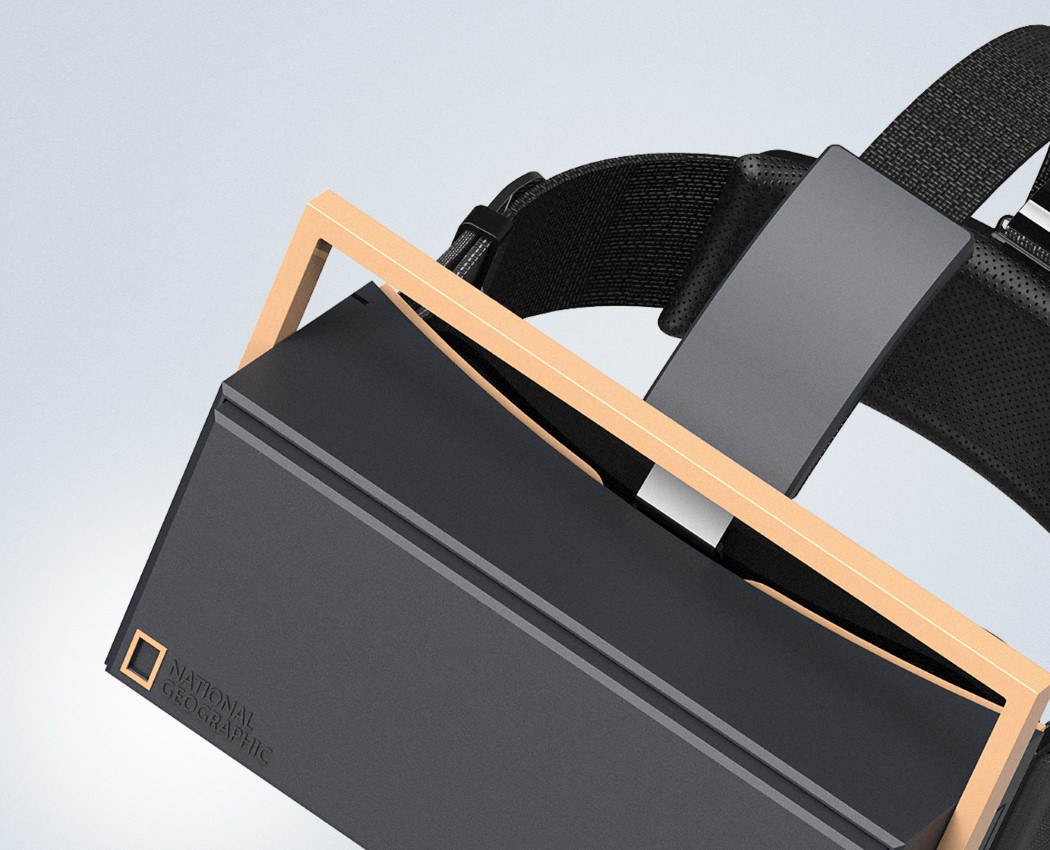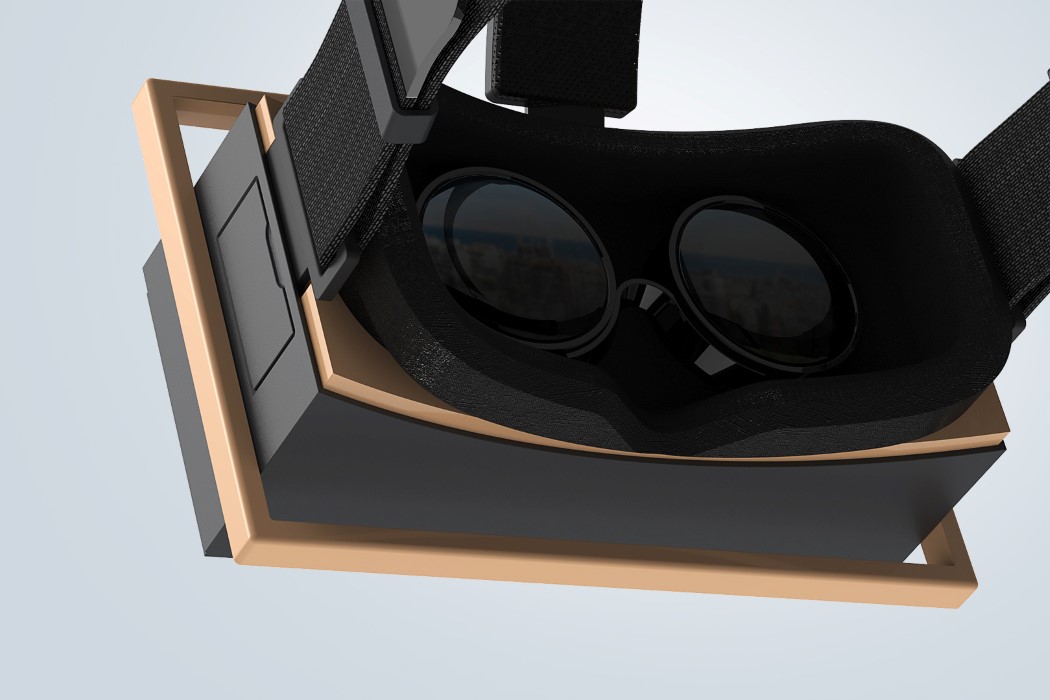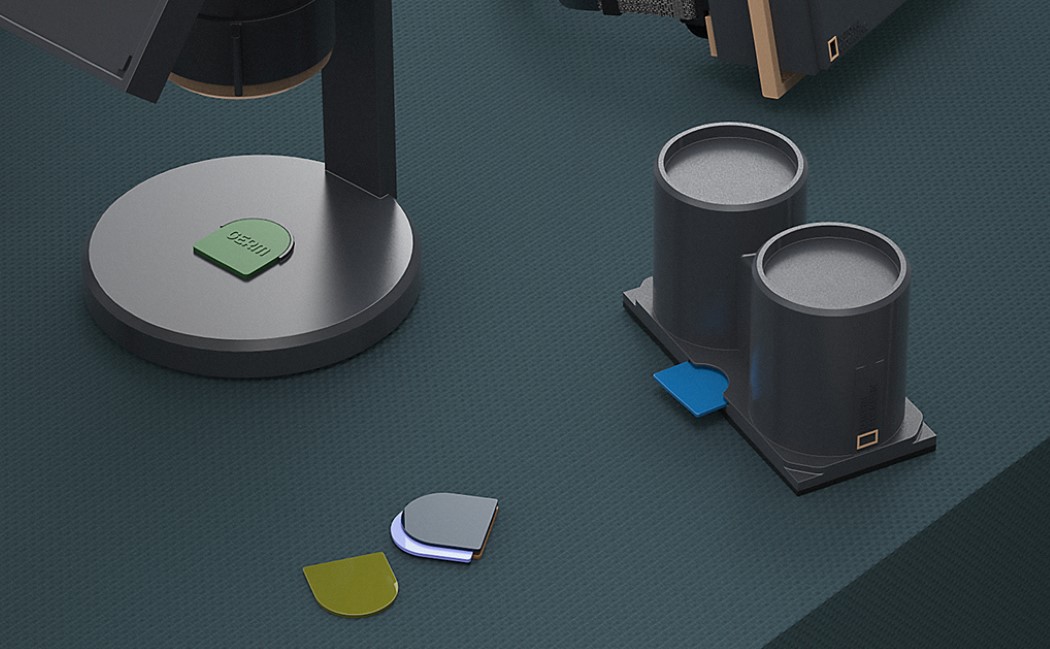There are many types of campers and camping regimes. Some travel with friends and family to the remotest wilderness and others like to drive their RV and park at a nice spot with a view. In both cases, at the end of the day, one desires a nice chair to sit on and a decent table to serve up the meal. This is where the portable and convenient Bungalow Luggage for National Geographic comes to the fore.
Whether you’re backpacking, planning on fishing, or just want to spend time at the lake, a foldable and easy-to-carry furniture is definitely going to be on your top priority list. A collapsible furniture range that is relatively luxurious, ultra-lightweight, and packs up into a travel trolley you can tote after you; the Bungalow Luggage by designer Eunsol Lee sets a stage for unique camping experiences.
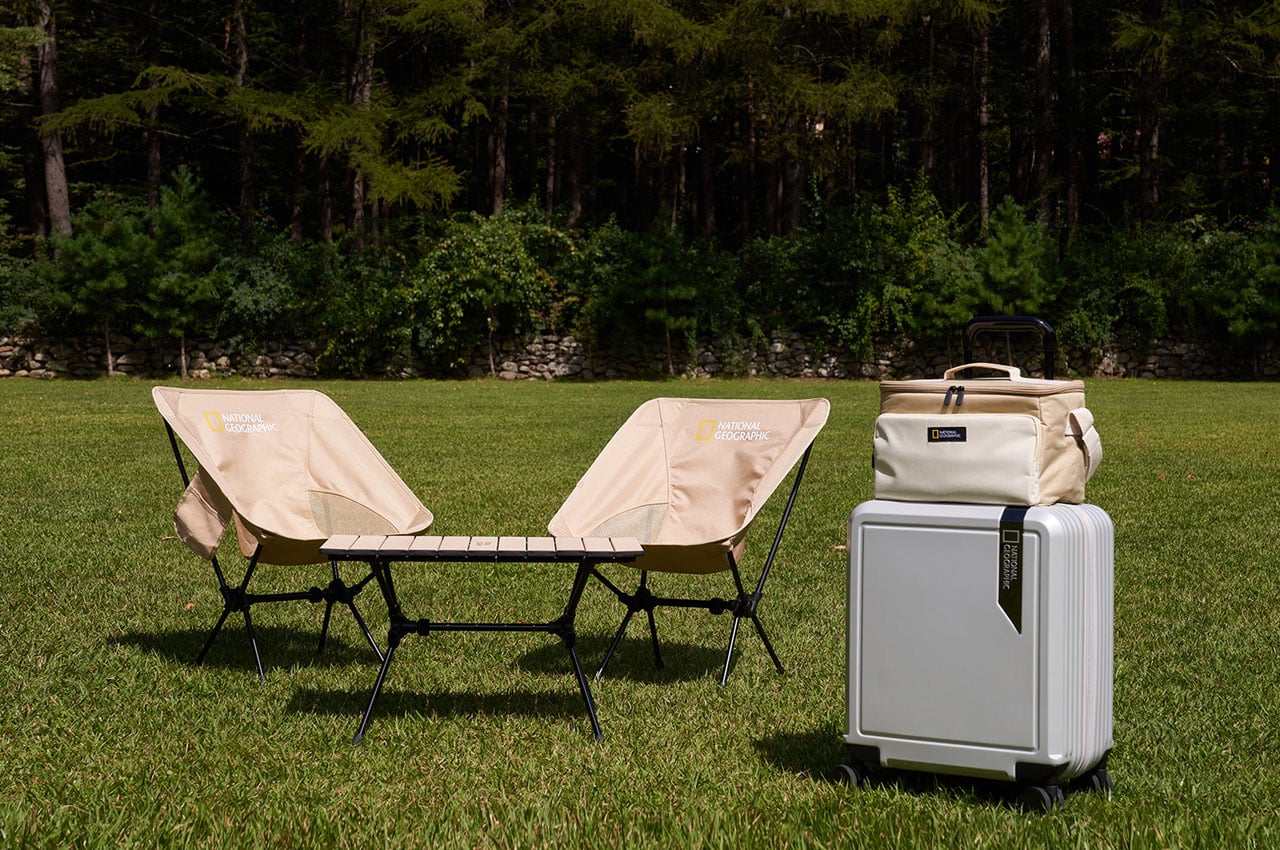
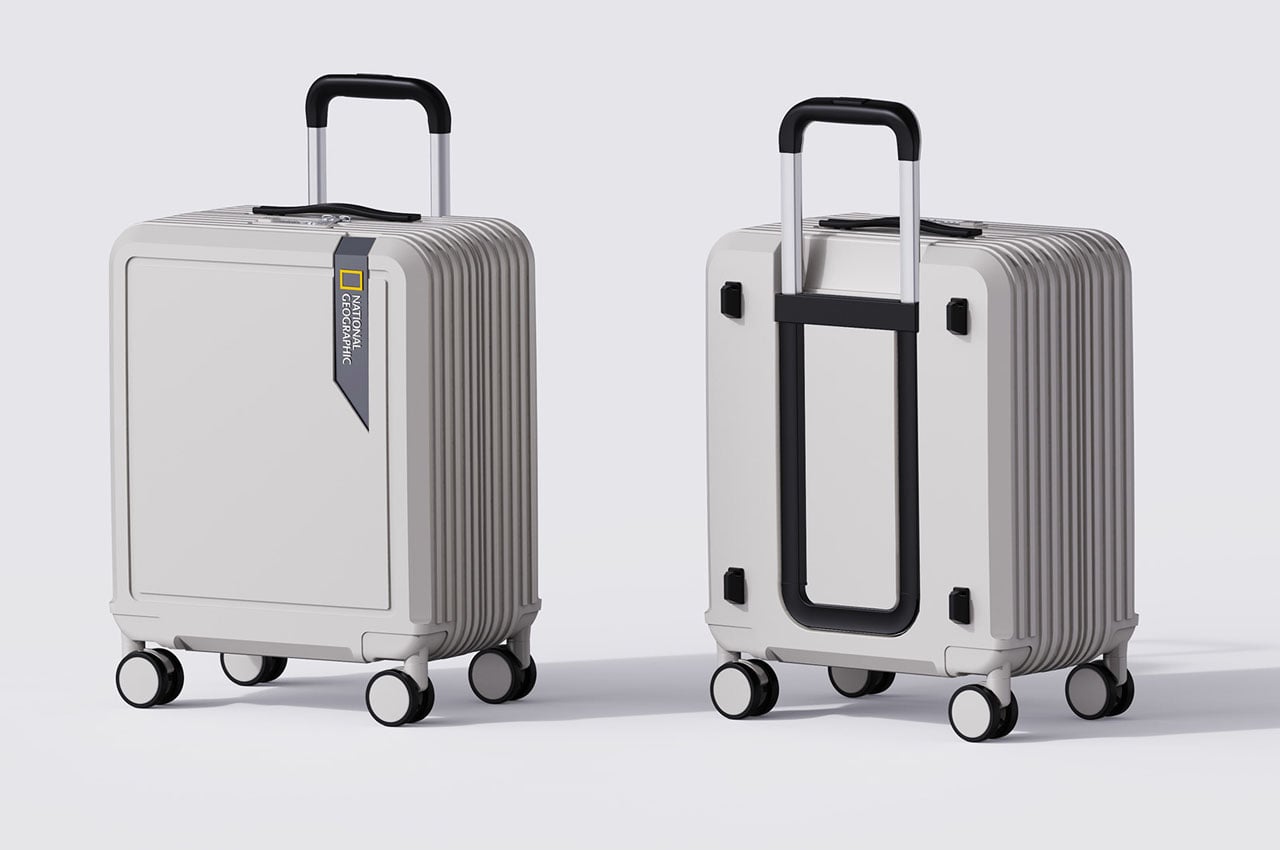
There is no dearth of foldable camping chairs and tables out there. You could even pick a set of table and chairs off the shelf but this idea of a portable furniture set has its own merits. Unlike the other metal rod collapsible furniture for the outdoor, this one designed for National Geographic is convenient to transport. Just fold up the two chairs and the table into their bags and the trio sits evenly inside a suitcase you can lug along. This ease of portability also comes in handy when you want to fit the furniture in the boot of the car.
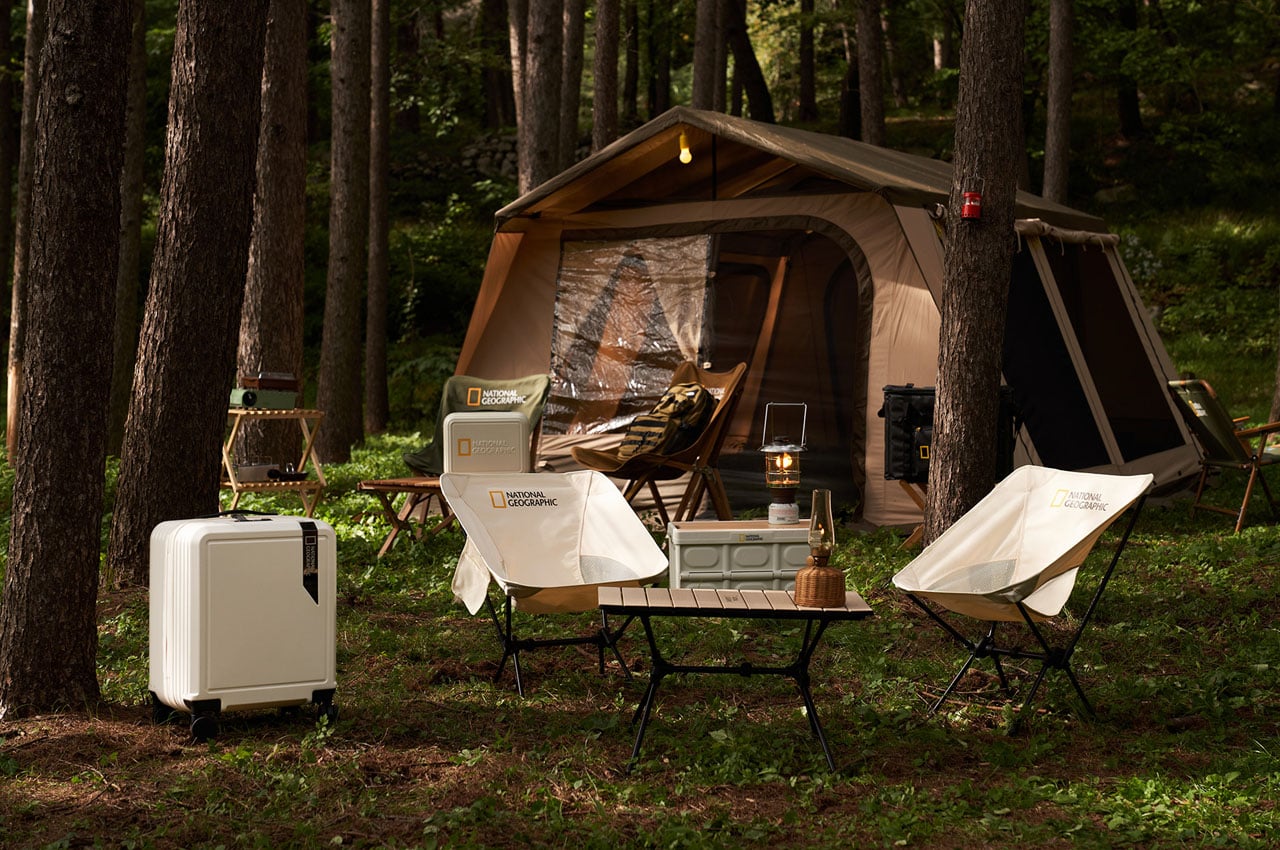
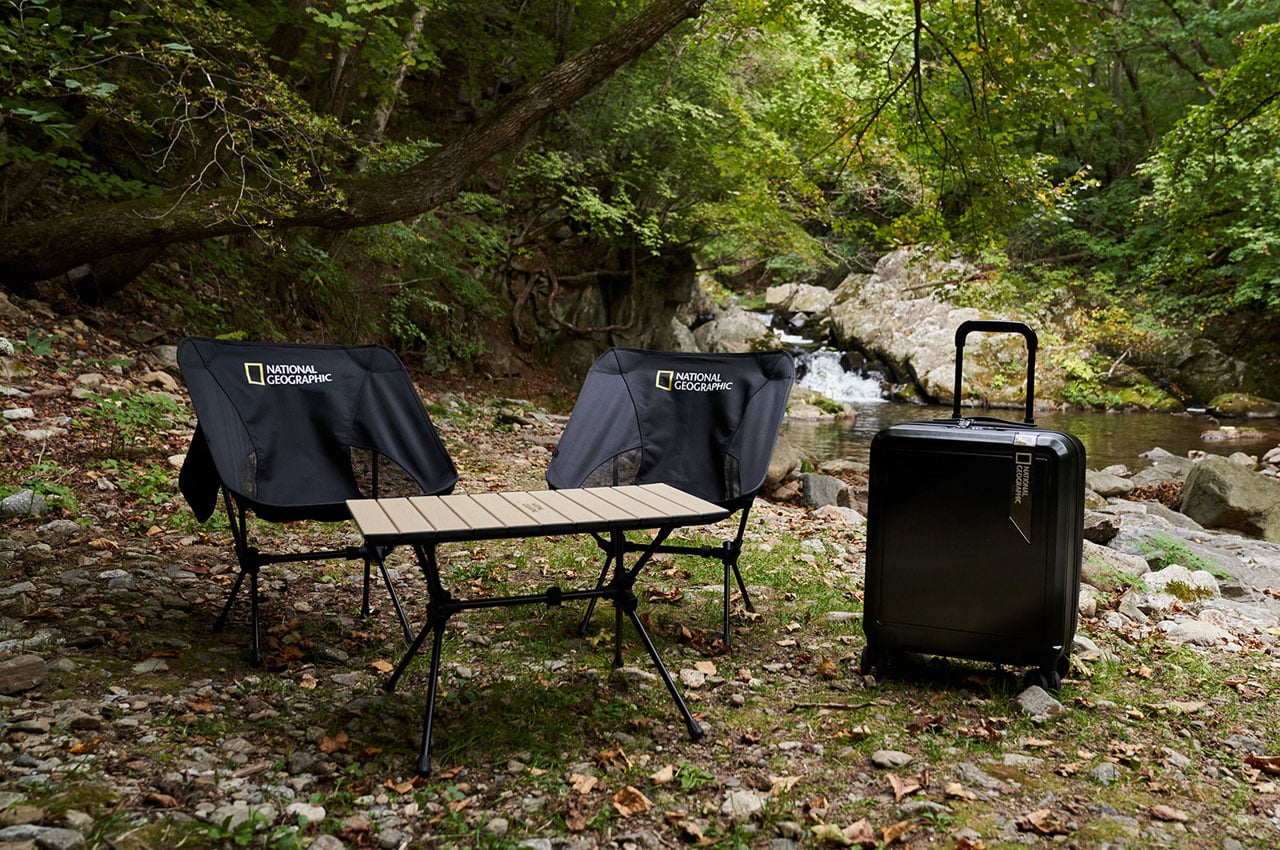
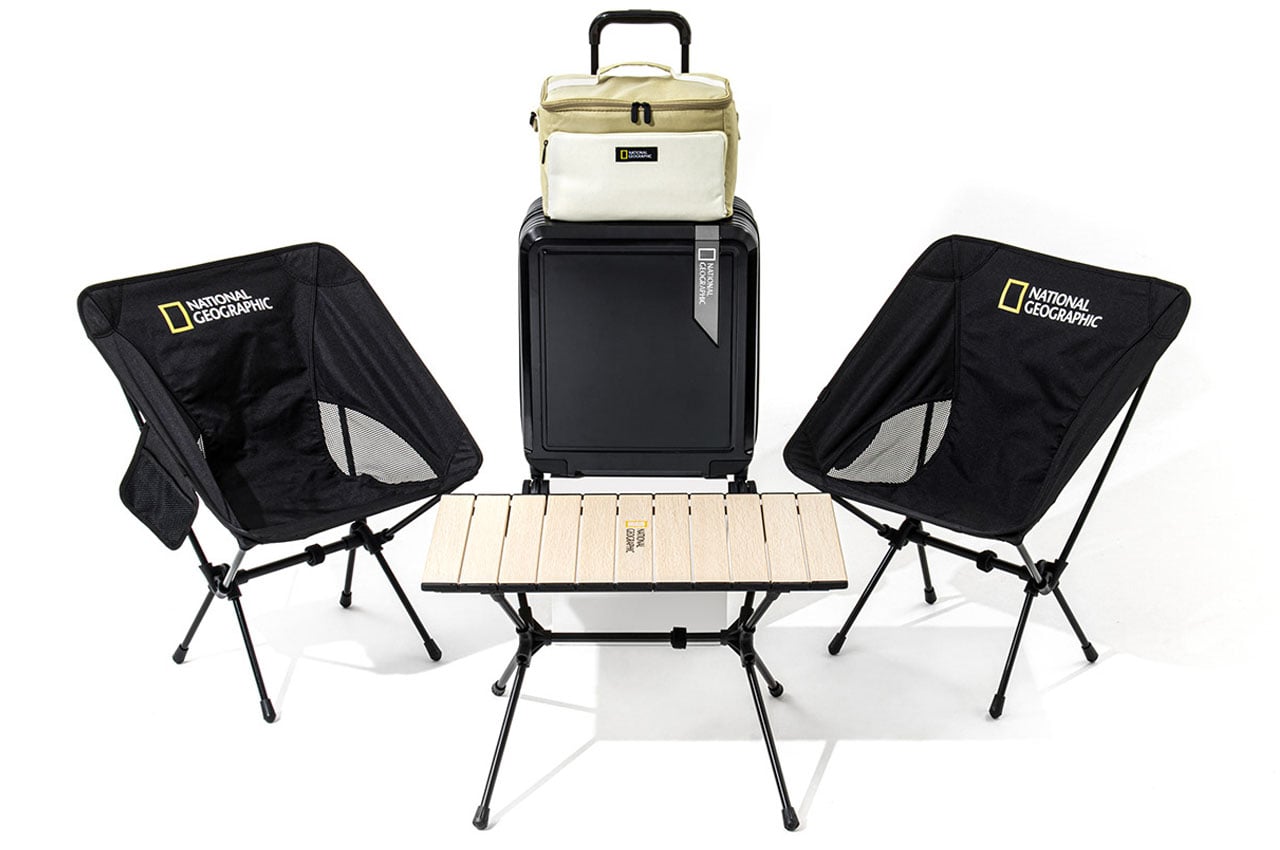
Packed in a travel trolley-style sturdy case with four wheels, you get a pair of chairs and a table with a foldable top. The collapsible frame, seat, and backrest form the chair, while the metal spokes aligned as hollow table legs become the base for a wooden plank tabletop. The chairs have a nice canvas seat and the table seems pretty robust; together the furniture outside your camp will become your closest confidant in comfort!
Designer: Eunsol Lee
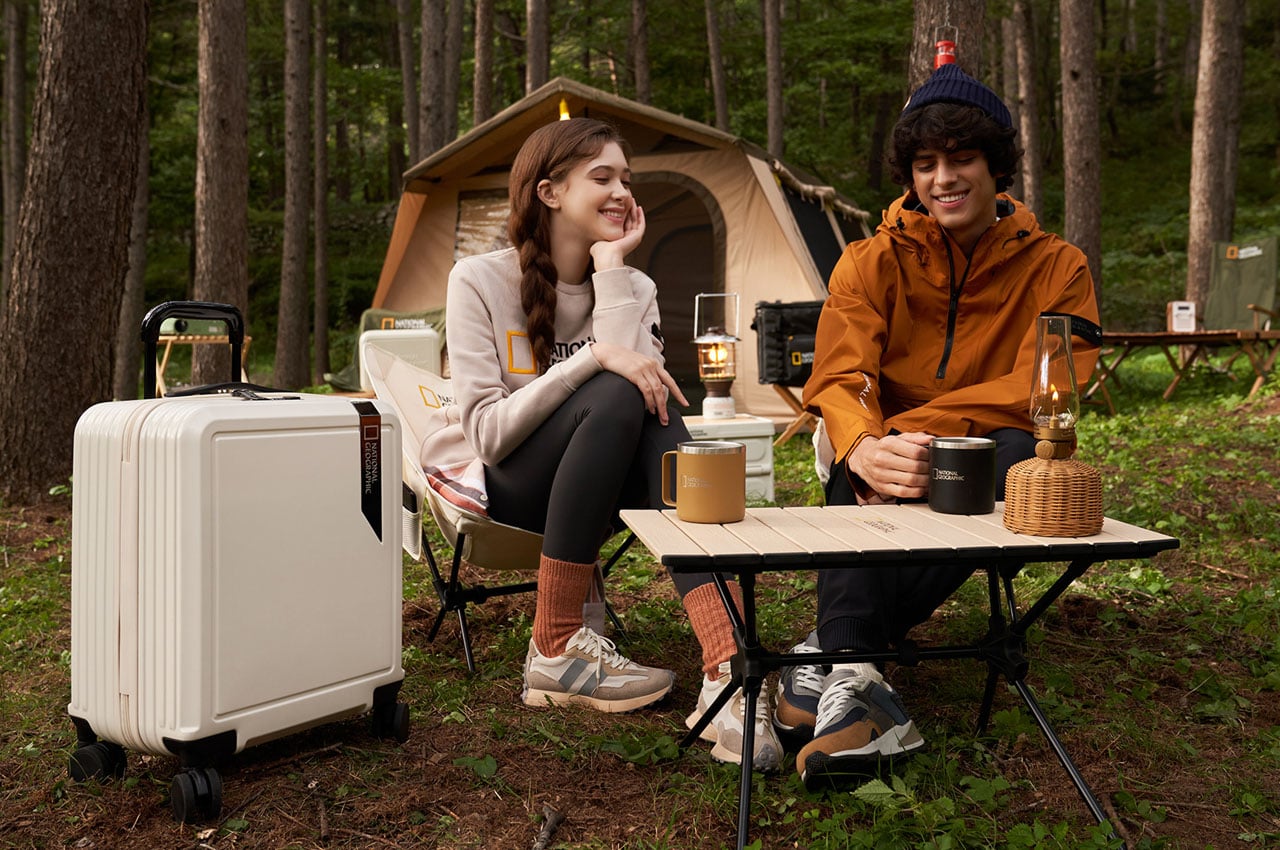
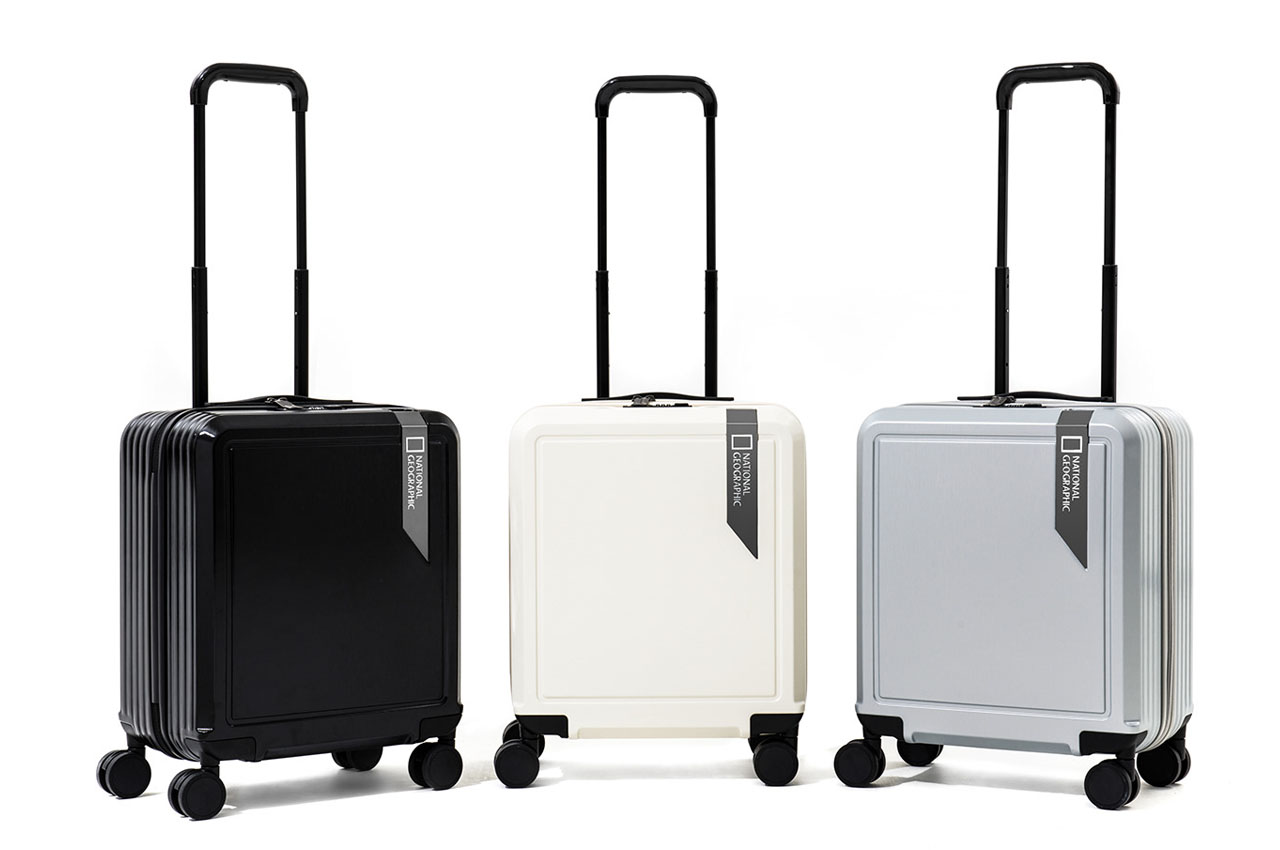
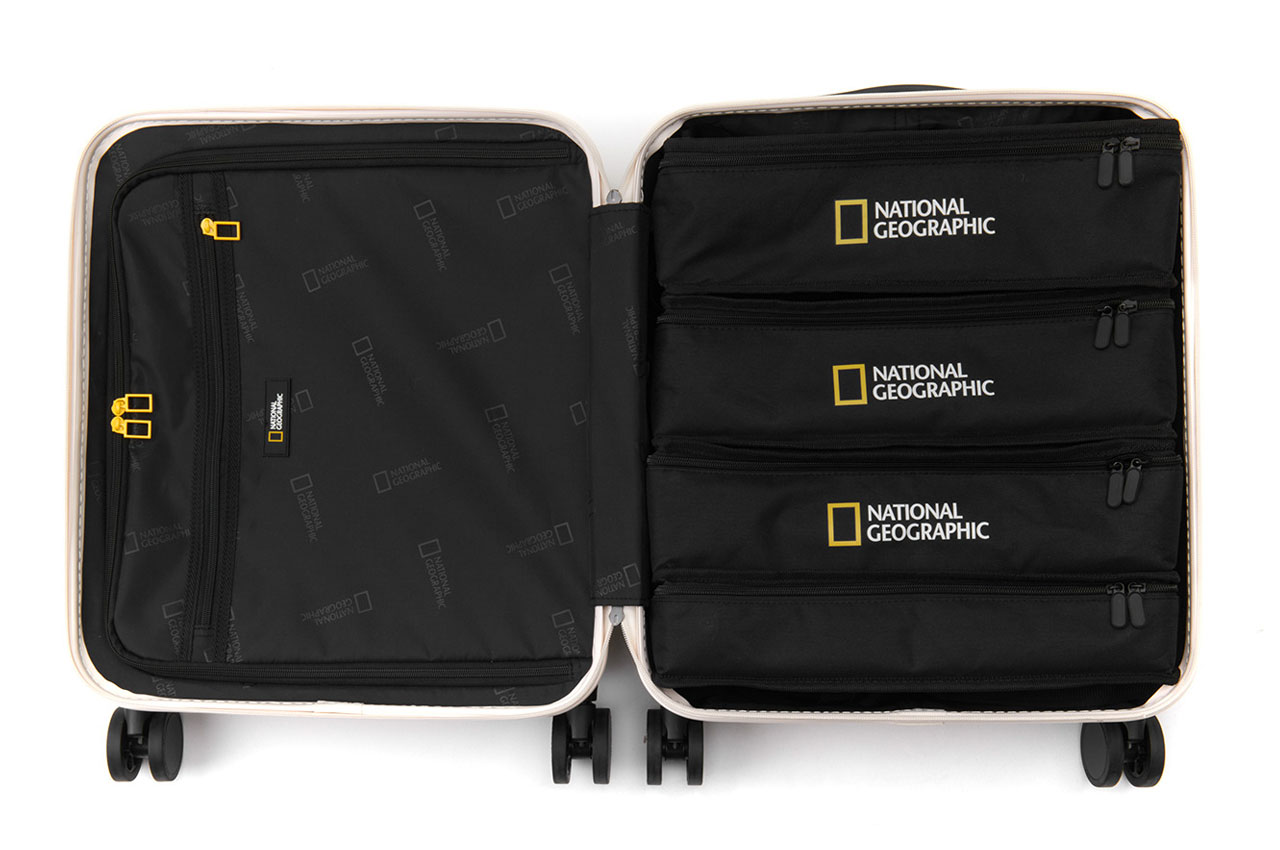
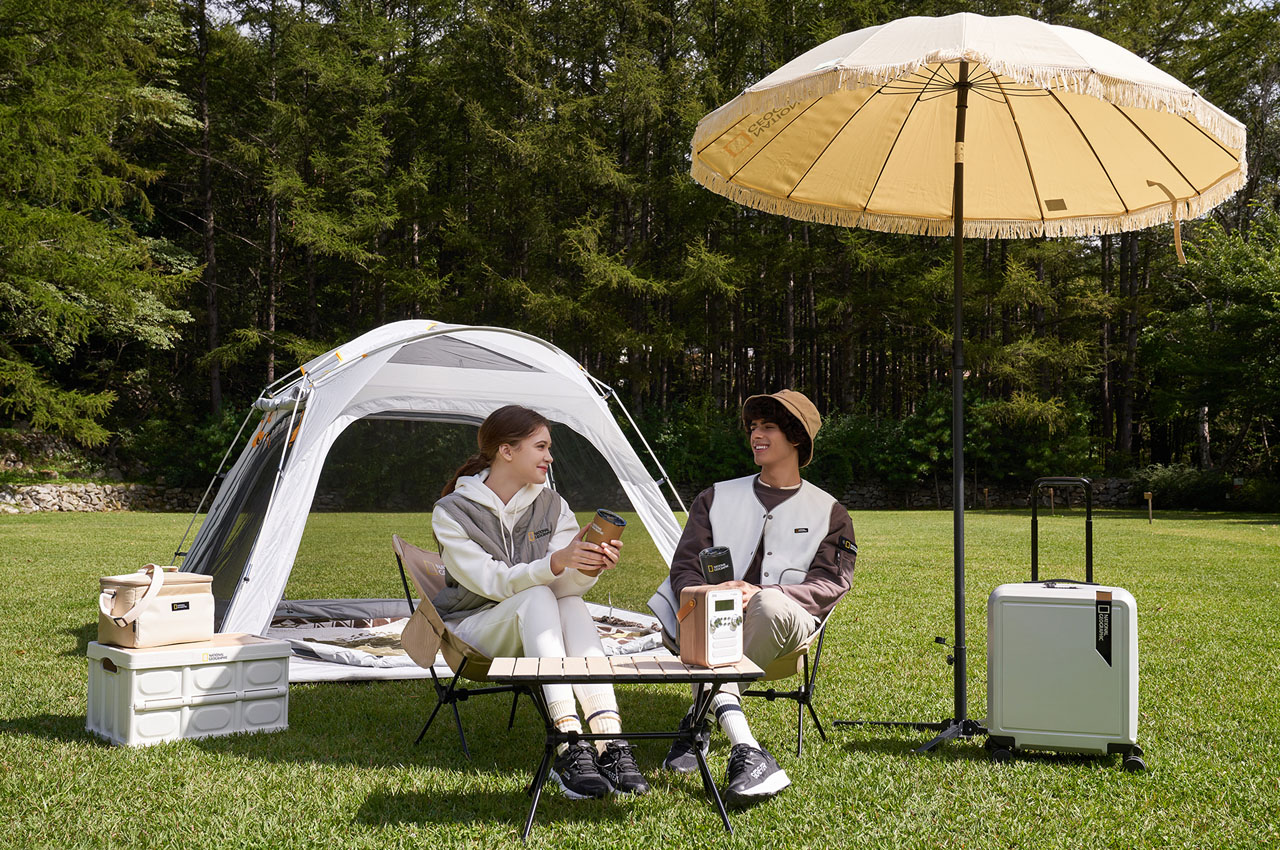
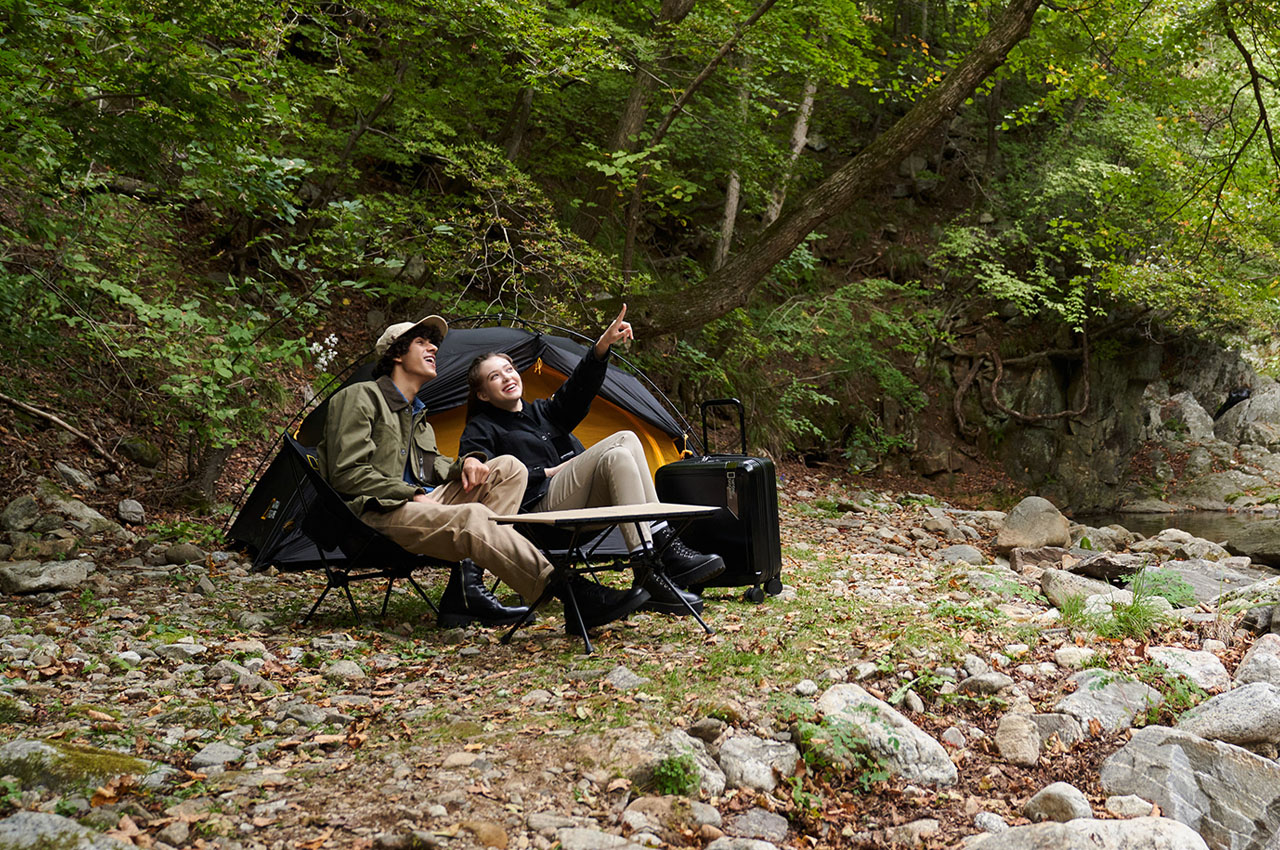
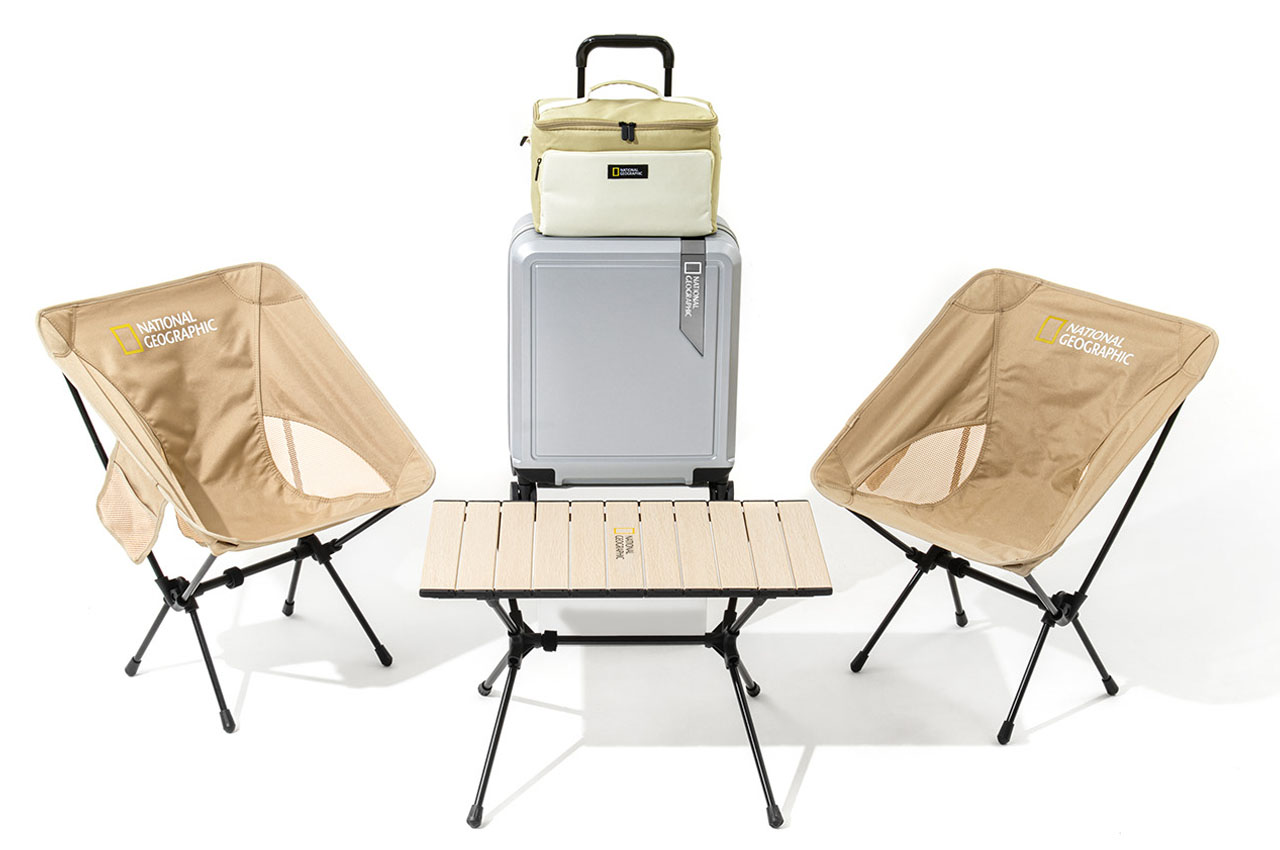
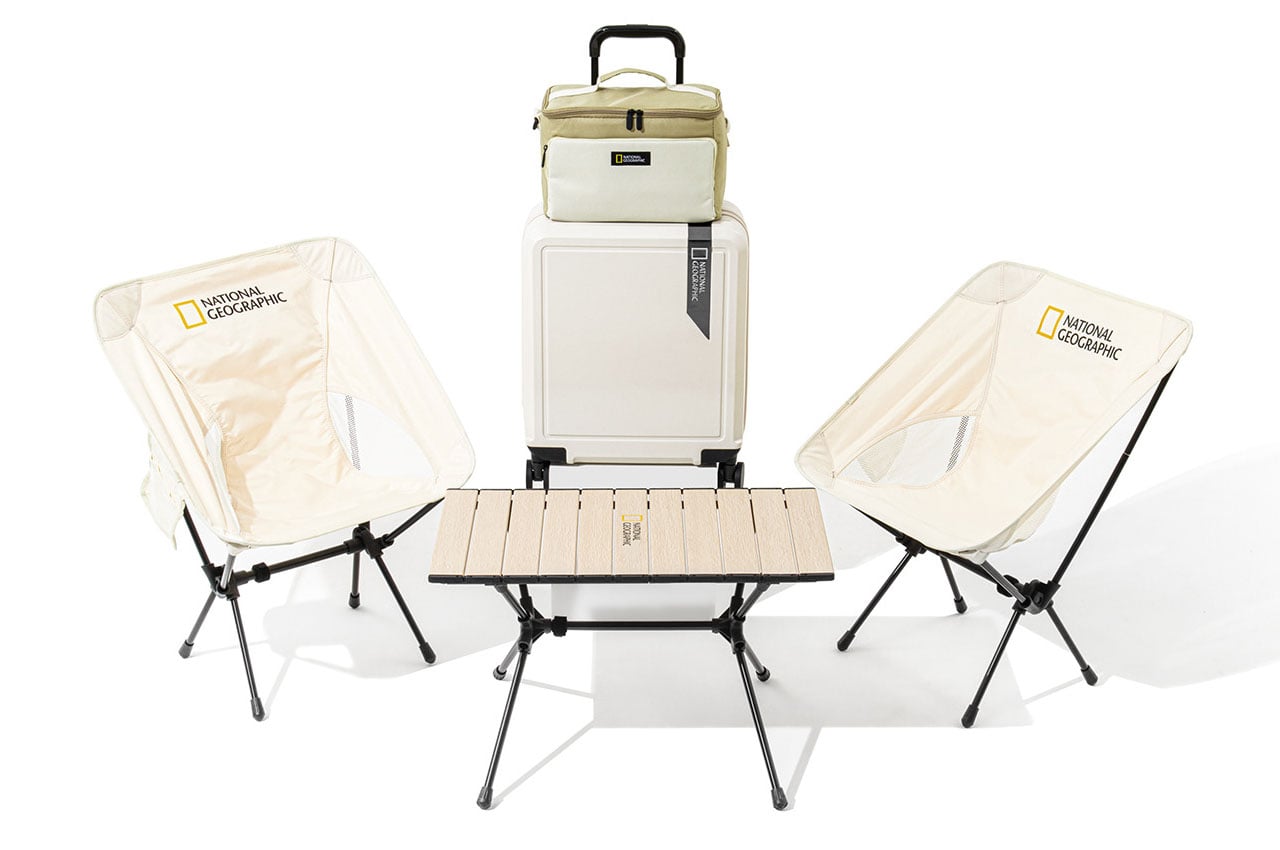
The post Designed for National Geographic, this collapsible camping furniture that fits in a suitcase is your perfect outdoor companion! first appeared on Yanko Design.
 After the schools shut down last week, my social media feeds and inbox lit up with color-coded homeschooling charts and agonizingly long lists of everything I should use to educate my kids. Fear, panic and an overwhelming sense of grief settled over...
After the schools shut down last week, my social media feeds and inbox lit up with color-coded homeschooling charts and agonizingly long lists of everything I should use to educate my kids. Fear, panic and an overwhelming sense of grief settled over...
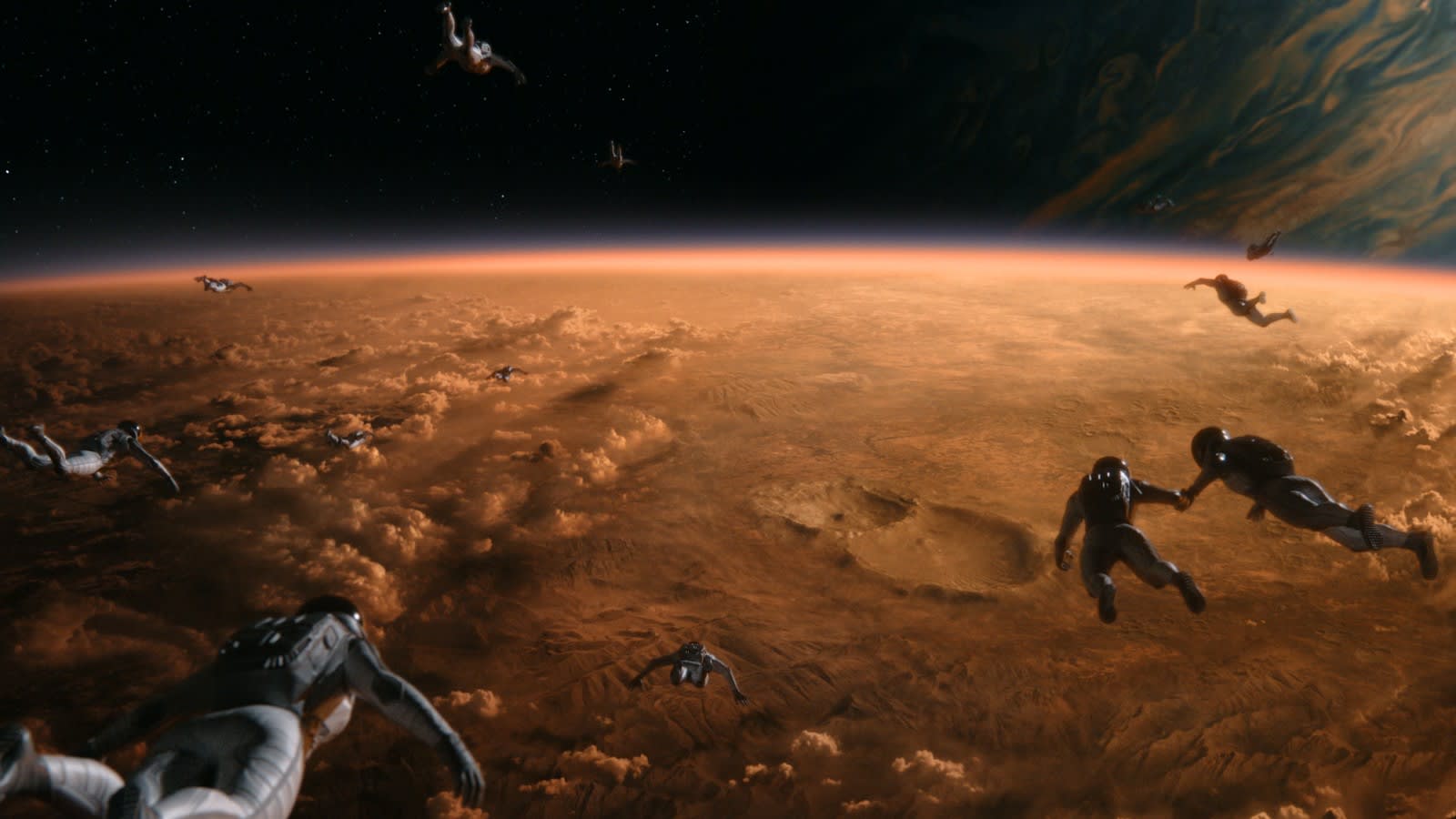 In a time where it's easy to feel a bit concerned about the fate of civilization -- take your pick of calamities, really -- National Geographic's Cosmos is like a hope-filled salve. Developed by Ann Druyan, the co-creator of the original show togethe...
In a time where it's easy to feel a bit concerned about the fate of civilization -- take your pick of calamities, really -- National Geographic's Cosmos is like a hope-filled salve. Developed by Ann Druyan, the co-creator of the original show togethe...
 Don't worry about the fate of ESPN channels on PlayStation Vue -- they're not going anywhere. Sony and the Walt Disney Company have struck a "multi-year" deal that will keep delivery Disney-owned channels to Vue, including several ESPN channels, ABC,...
Don't worry about the fate of ESPN channels on PlayStation Vue -- they're not going anywhere. Sony and the Walt Disney Company have struck a "multi-year" deal that will keep delivery Disney-owned channels to Vue, including several ESPN channels, ABC,...
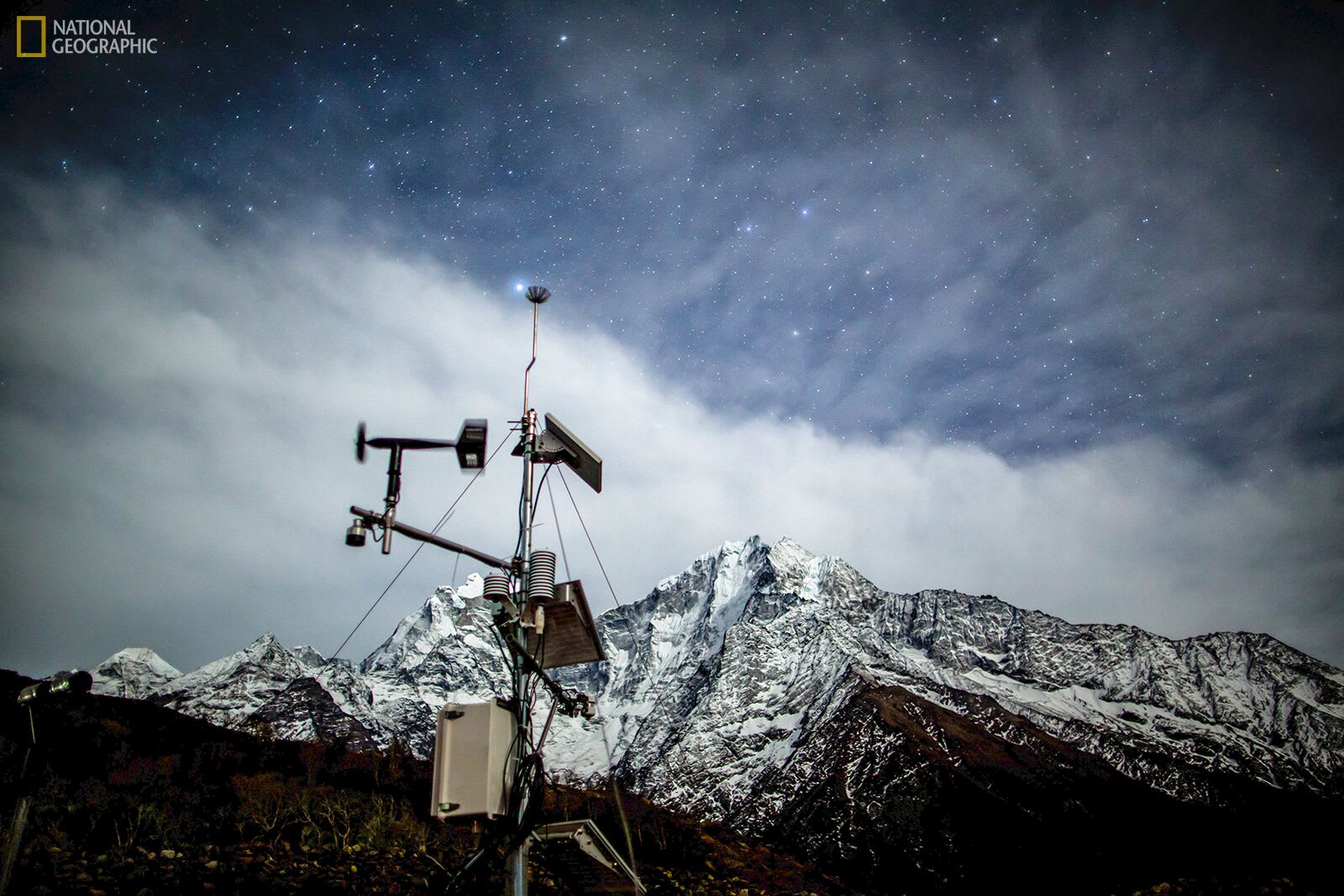 Scientists installed the two highest weather stations in the world in an expedition to Mount Everest that wrapped up this week. A team led by the National Geographic Society and Tribhuvan University installed the two weather monitoring stations at 8,...
Scientists installed the two highest weather stations in the world in an expedition to Mount Everest that wrapped up this week. A team led by the National Geographic Society and Tribhuvan University installed the two weather monitoring stations at 8,...
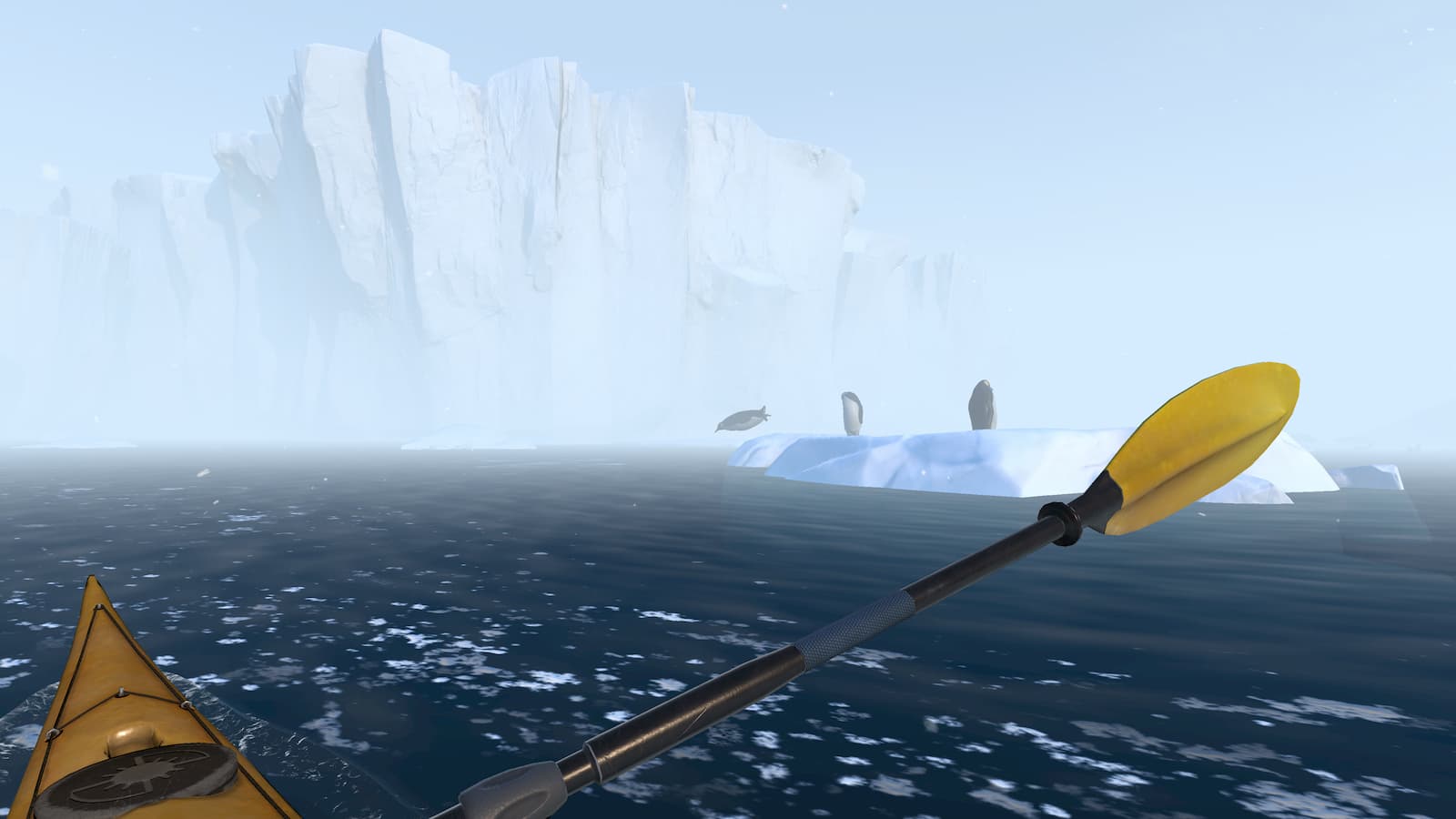 National Geographic is delving deeper into VR with a 30-minute Antarctic adventure that will hit Oculus Quest this spring. In National Geographic Explore VR, you'll be tasked with finding a lost penguin colony. The adventure will take you on a kayak...
National Geographic is delving deeper into VR with a 30-minute Antarctic adventure that will hit Oculus Quest this spring. In National Geographic Explore VR, you'll be tasked with finding a lost penguin colony. The adventure will take you on a kayak...
